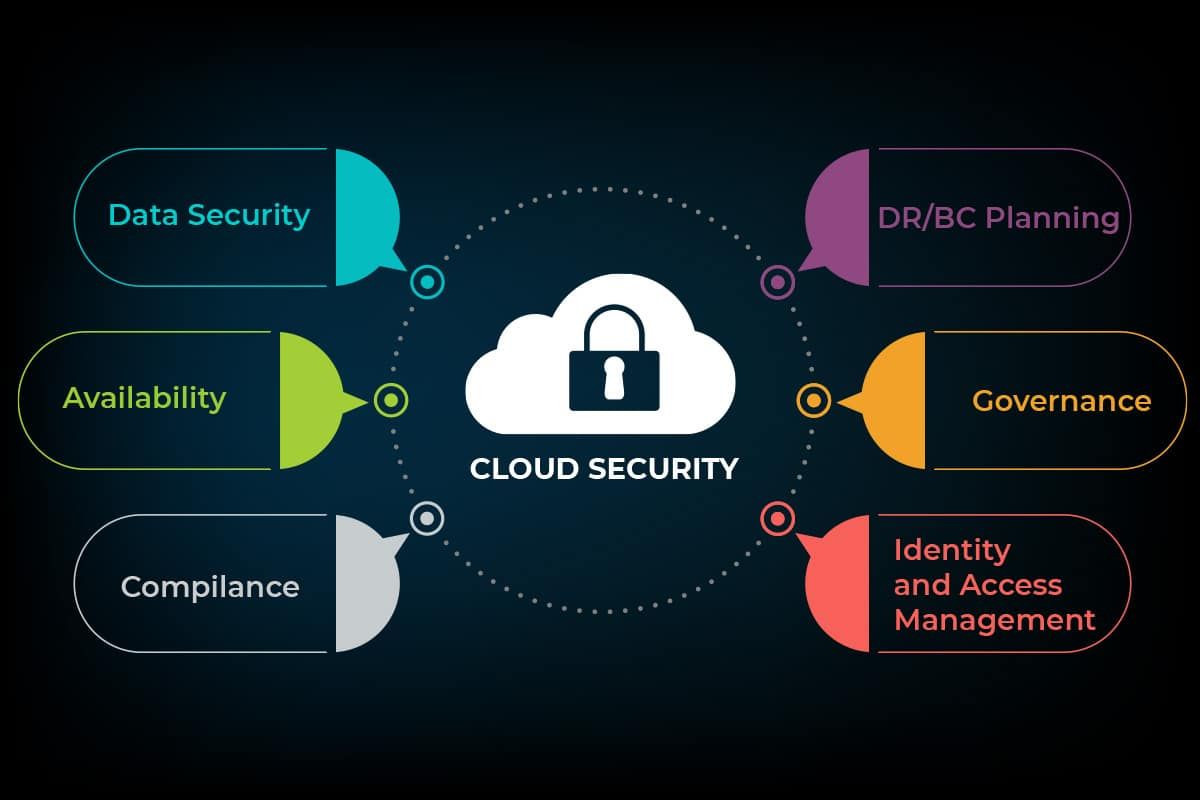In today’s digital age, businesses are increasingly relying on cloud services to store and manage their data. While the cloud offers numerous benefits such as scalability, flexibility, and cost-effectiveness, it also poses significant cybersecurity risks. It is crucial for businesses to implement robust security measures to safeguard their sensitive data from potential cyber threats.
The Importance of Cybersecurity in the Cloud
With the proliferation of cyber attacks and data breaches, protecting sensitive information has become a top priority for organizations. In the cloud, data is stored on remote servers and accessed over the internet, making it vulnerable to various security risks. Without adequate cybersecurity measures in place, businesses risk exposing their data to unauthorized access, data breaches, and other cyber threats.
Common Cybersecurity Threats in the Cloud
There are several common cybersecurity threats that businesses need to be aware of when using cloud services, including:
Unauthorized Access: Hackers can gain access to sensitive data stored in the cloud through weak passwords, unsecured connections, or vulnerabilities in cloud services.
Data Breaches: Cybercriminals can breach cloud servers to steal sensitive information, leading to financial loss, reputation damage, and legal repercussions.
Malware and Ransomware: Malicious software can infect cloud systems, causing data loss, system downtime, and financial harm.
Insider Threats: Employees or contractors with access to cloud data can intentionally or unintentionally compromise security by leaking or manipulating sensitive information.
Best Practices for Ensuring Data Protection in the Cloud
To mitigate the risks posed by cyber threats in the cloud, businesses should implement the following best practices:
Use Strong Authentication and Access Control
Implement multi-factor authentication, role-based access control, and strong password policies to prevent unauthorized access to cloud resources.
Encrypt Data in Transit and at Rest
Use encryption protocols to securely transmit data over the internet and store sensitive information in encrypted form to protect it from unauthorized access.
Regularly Update and Patch Cloud Systems
Keep cloud services and applications up to date with the latest security patches to address known vulnerabilities and reduce the risk of cyber attacks.
Monitor and Audit Cloud Activities
Implement logging and monitoring tools to track user activities, detect suspicious behavior, and respond to security incidents in a timely manner.
Train Employees on Cybersecurity Awareness
Educate staff about cybersecurity best practices, data security policies, and the risks of cyber threats to minimize human errors and prevent insider threats.
Conclusion
Cybersecurity in the cloud is a critical aspect of data protection for businesses operating in today’s digital landscape. By implementing robust security measures and following best practices, organizations can safeguard their sensitive information from cyber threats and uphold the integrity and confidentiality of their data in the cloud.
